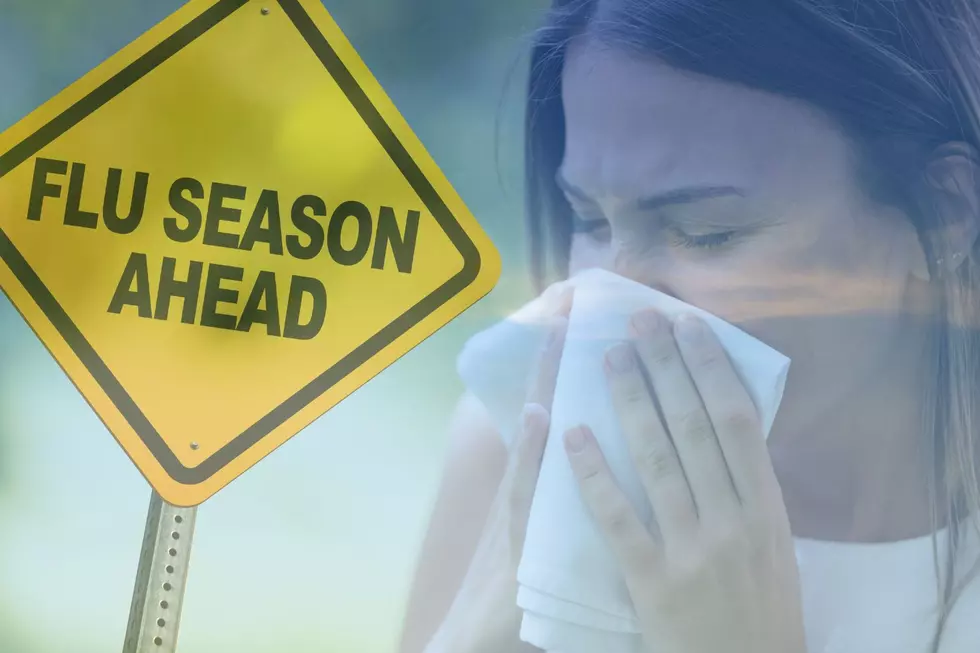
Wyoming Department Of Health Warns About Tick Danger
With warmer weather on the way and some reports warning of an especially bad tick season, the Wyoming Department of Health is urging people to take precautions over the next few months.
Ticks in Wyoming can carry several potentially dangerous diseases, including Rocky Mountain Spotted Fever, tularemia, and Colorado tick fever. Ticks in other parts of the country can also transmit Lyme and Powassan diseases, but those illnesses are not known to be spread by Wyoming ticks.
“When we walk through, play or sit in brushy and grassy areas, or handle certain animals we can be exposed to ticks,” said Dr. Alexia Harrist, state health officer and state epidemiologist with WDH. “Ticks can be active in Wyoming most of the year, but spring and summer are typically the peak seasons when we see related illnesses.”
Tularemia symptoms include fever, swollen and painful lymph glands, inflamed eyes, sore throat, mouth sores, skin ulcers and diarrhea. If the bacteria are inhaled, symptoms can include sudden onset of fever, chills, headache, muscle aches, joint pain, dry cough and progressive weakness and pneumonia.
Colorado tick fever usually causes fever, headache, muscle and joint pain, and, occasionally, a rash. Initial RMSF symptoms may include fever, nausea, vomiting, muscle pain, lack of appetite and severe headache.
Later signs and symptoms may include rash, abdominal pain, joint pain, and diarrhea. RMSF and tularemia patients often require hospitalization.
Health officials are urging people to take several steps to protect themselves:
-Wear light-colored clothing to make it easier to see ticks crawling on clothing.-
-Tuck pant legs into socks
-Apply insect repellents such as those containing 20 percent or more DEET and/or picaradin
-immediately after going through potential tick habitat, check yourself as well as children and pets for ticks, and remove any if found.
Pet owners are also being urged to use veterinarian-approved tick control products.
More From KGAB









